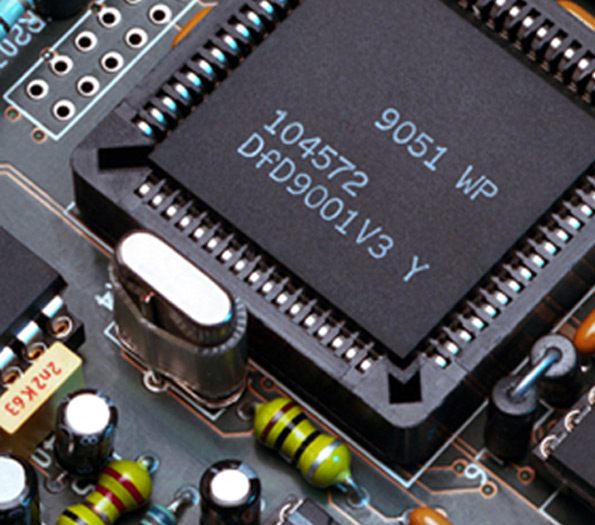

The Art and Functionality of Clear Acid Etched Glass
Clear acid etched glass represents a fascinating intersection of aesthetics and functionality in design and architecture. This unique material is created through a process that involves the application of acid to the surface of clear glass. The result is a subtly frosted finish that allows light to pass through while obscuring visibility, adding an element of privacy without sacrificing brightness. Acid etching is a versatile technique that can be applied to a range of glass types, making it a popular choice for both residential and commercial applications.
One of the most compelling features of clear acid etched glass is its ability to diffuse light. When sunlight or artificial light strikes the etched surface, it scatters, creating a soft, inviting glow. This characteristic makes it particularly suitable for spaces where natural light is desired, such as offices, waiting rooms, and homes. The effect is calming and can help reduce glare, making environments more comfortable for occupants. Moreover, the softened light enhances the overall ambiance of a space, transforming it into a serene retreat.
From a design perspective, clear acid etched glass offers tremendous versatility. It can be used in a variety of applications, including shower doors, partitions, windows, and tabletops. The elegance of the frosted finish complements both modern and traditional décor, allowing it to blend seamlessly into diverse styles. Designers often leverage this versatility to create stunning visual contrasts, using acid etched glass in conjunction with materials such as wood, metal, and stone. This juxtaposition adds depth and character to a space, making it more visually engaging.

In addition to its aesthetic benefits, clear acid etched glass provides inherent functionality. The frosted surface offers an effective solution for areas requiring privacy, such as bathrooms and conference rooms, while still allowing light to penetrate. This characteristic has made it a favored choice in commercial settings where a professional atmosphere is essential. Moreover, the ease of cleaning and maintenance makes it practical for high-traffic areas. Unlike traditional opaque materials that may show fingerprints or scratches prominently, etched glass tends to hide imperfections better, maintaining its beauty over time with minimal upkeep.
The process of creating clear acid etched glass is noteworthy in itself. It involves a careful application of acidic substances that etch the glass surface in a controlled manner. The design possibilities are virtually limitless, with patterns ranging from simple geometric shapes to intricate floral motifs. This customization allows for personalized touches in architectural projects, catering to the specific needs and preferences of clients. Whether it’s a bespoke panel for a luxurious shower or elegant dividers in an office, acid etched glass can be tailored to suit any vision.
Moreover, the sustainable aspect of glass as a material adds another layer of appeal. Glass is 100% recyclable, and when processed correctly, it generates minimal waste. By choosing clear acid etched glass, designers and architects can contribute to sustainable building practices, making choices that are not only beautiful but also environmentally responsible.
In conclusion, clear acid etched glass stands out as a material that beautifully bridges the gap between form and function. Its ability to diffuse light while providing privacy, along with its aesthetic versatility and ease of maintenance, makes it a preferred choice for many applications. Whether enhancing the elegance of a home or contributing to the professionalism of a commercial space, clear acid etched glass continues to captivate designers and occupants alike. As trends in architecture and interior design evolve, this timeless material remains a staple, embracing innovation while celebrating classical beauty. Its contribution to spaces is profound, making it more than just a functional element but a celebrated art form in its own right.